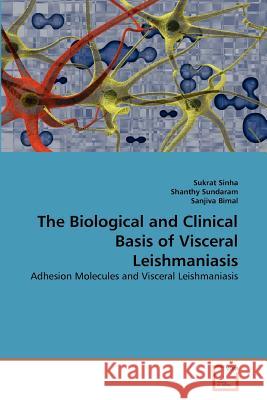The Biological and Clinical Basis of Visceral Leishmaniasis » książka
The Biological and Clinical Basis of Visceral Leishmaniasis
ISBN-13: 9783639374513 / Angielski / Miękka / 2011 / 236 str.
Leishmaniasis is prevalent through out the tropical and sub-tropical regions of Africa, Asia, the Mediterranean, Southern Europe (old world) and South and Central America (new world). It is estimated that approximately 12 million people are currently infected and a further 367 million are at risk of acquiring Leishmaniasis in 88 countries, 72 of which are developing countries and 16 of them are among the least developed in the world. The estimated incidence is 2 million new cases each year of which 0.5 million are of VL and 1.5 million are of CL. Immune system plays an important role in protection against all forms of Leishmaniasis. Protection is mediated mainly through the ability of the CD4 cells to converge into Th1 effectors which mainly produce many cytokines such as IL-2, IFN- and TNF- . The need for an immunological strategy to be employed in VL control programme is also felt due to the fact that a large number of VL cases are now becoming resistant and many drugs are now proving to be less effective in the cure of VL patients. This book therefore sheds light on some newer aspects in dealing with Visceral Leishmaniasis."
Leishmaniasis is prevalent through out the tropical and sub-tropical regions of Africa, Asia, the Mediterranean, Southern Europe (old world) and South and Central America (new world). It is estimated that approximately 12 million people are currently infected and a further 367 million are at risk of acquiring Leishmaniasis in 88 countries, 72 of which are developing countries and 16 of them are among the least developed in the world. The estimated incidence is 2 million new cases each year of which 0.5 million are of VL and 1.5 million are of CL. Immune system plays an important role in protection against all forms of Leishmaniasis. Protection is mediated mainly through the ability of the CD4 cells to converge into Th1 effectors which mainly produce many cytokines such as IL-2, IFN-γ and TNF-β. The need for an immunological strategy to be employed in VL control programme is also felt due to the fact that a large number of VL cases are now becoming resistant and many drugs are now proving to be less effective in the cure of VL patients. This book therefore sheds light on some newer aspects in dealing with Visceral Leishmaniasis.











